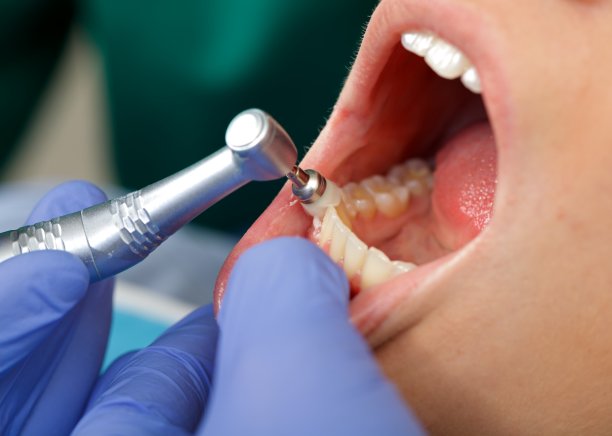Essential Precautions Every Patient Should Take Before Undergoing Dental Filling to Ensure a Smooth Recovery
Summary: Dental fillings are a common dental procedure that can help restore the functionality of decayed teeth. However, to ensure a smooth recovery and optimal results, patients must take specific precautions prior to the procedure. This article emphasizes four essential precautions: understanding the procedure, informing the dentist about medical history, following pre-treatment guidelines, and planning for post-treatment care. Each precaution is elaborated upon to provide patients with comprehensive insights that will contribute to a more comfortable and effective healing process after dental fillings.
1. Understand the Dental Filling Procedure

Before undergoing a dental filling, it’s crucial for patients to familiarize themselves with the procedure. Knowing what to expect can significantly reduce anxiety and promote a smoother experience. Dental fillings typically involve the dentist removing decayed portions of the tooth and filling the cavity with a restorative material. This could vary from amalgam to composite resins, depending on individual needs and dentist recommendations.
Understanding the different types of materials used in dental fillings is also essential. Amalgam fillings are durable and cost-effective, but composite fillings provide a more aesthetically pleasing outcome. Discussing these options with your dentist can help you make informed decisions that align with both functionality and your personal preferences.
Moreover, patients should ask questions regarding the duration of the procedure and any potential discomfort during or after the treatment. Gaining clarity on these aspects will ease the patients concerns and lay a positive foundation for what they can expect during their appointment.
2. Inform Your Dentist About Medical History
One of the most vital precautions before undergoing dental fillings is to communicate any relevant medical history to the dentist. This includes allergies, pre-existing conditions, and current medications. Certain medical conditions may influence the choice of anesthetics used or the filling materials chosen, which, in turn, can affect recovery.
If you have specific allergies, particularly to local anesthetics or certain dental materials, it is crucial to inform your dentist upfront. This transparency allows them to adjust their approach to fit your individual needs, ensuring both safety and comfort.
Furthermore, patients should discuss any medications they are currently taking. Some medications might interact with dental treatment or influence the healing process. By providing this information, patients and dentists can work together to create a tailored treatment plan that prioritizes well-being and recovery.
3. Follow Pre-Treatment Guidelines
Preparing for the appointment includes following any pre-treatment guidelines provided by your dentist. These protocols often involve dietary considerations, such as avoiding food or drink prior to the procedure if sedation is required. Being aware of such restrictions is vital to avoid any complications during the treatment.
Patients should also consider arranging transportation to and from the appointment, especially if sedatives are used. Having someone to assist you can alleviate any post-treatment discomfort, ensuring a smooth journey home.
Furthermore, ensuring proper oral hygiene before the appointment by brushing and flossing can help reduce the risk of creating additional complications during the procedure. By arriving at the appointment with good oral health practices, patients can foster a more positive experience during the dental filling process.
4. Plan for Post-Treatment Care
Planning for post-treatment care is as essential as the precautions taken before the procedure. After getting a dental filling, there may be a period of sensitivity or discomfort, which is normal. Having over-the-counter pain relief options available and knowing how to manage discomfort can significantly improve the recovery experience.
Additionally, patients should maintain open communication with their dentist regarding any concerning symptoms following the procedure. If unusual pain, swelling, or persistent sensitivity develops, it’s important to reach out for professional advice. Early intervention can help mitigate any potential issues.
Lastly, following a recommended diet post-treatment can expedite recovery. Soft foods should be prioritized in the days following the dental filling to avoid straining the new filling. This careful attention to dietary choices supports the overall healing process.
Summary:
Prioritizing precautions before undergoing dental fillings can lead to a more successful treatment experience. Understanding the procedure, being transparent about medical history, adhering to pre-treatment guidelines, and devising a comprehensive post-treatment care plan lays the groundwork for effective recovery and optimal dental health.
This article is compiled by Vickong Dental and the content is for reference only.



